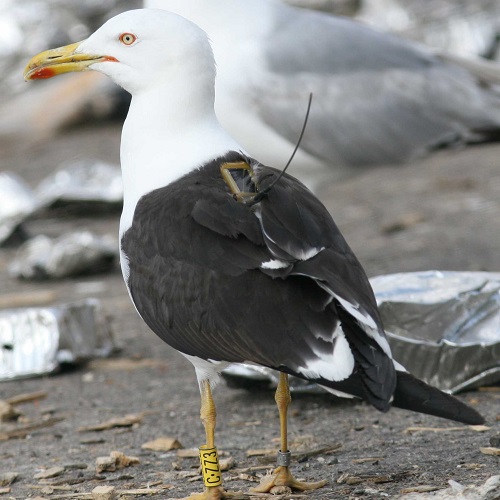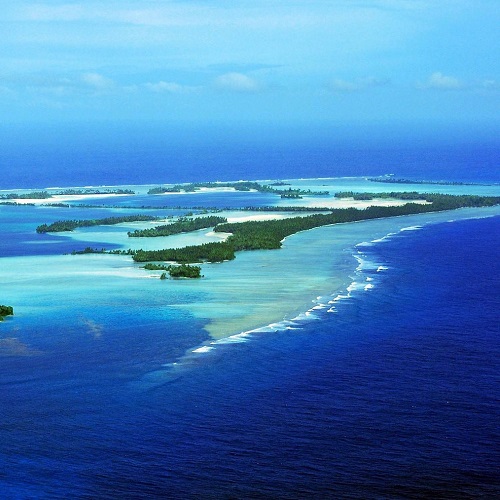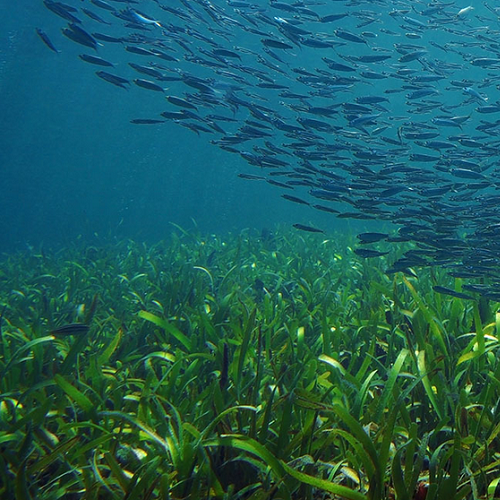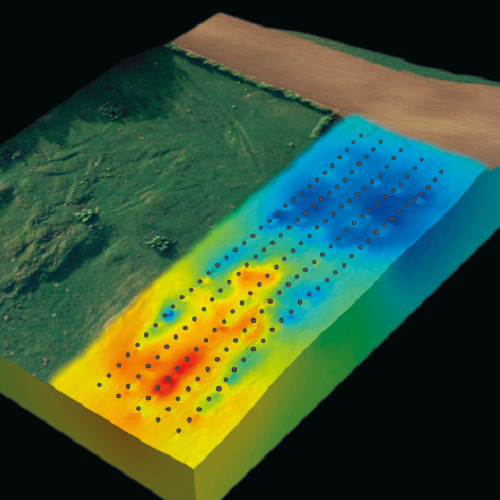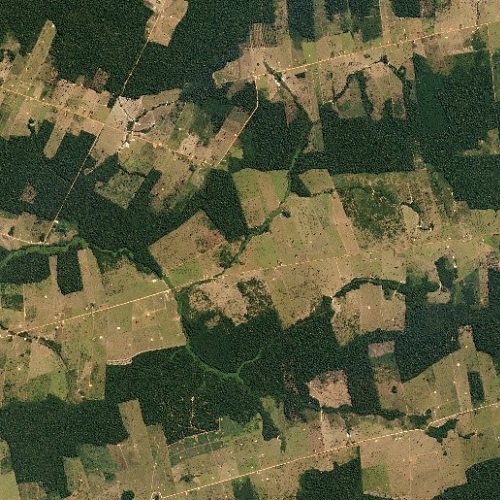Weather patterns are changing across the globe, and these changes may affect populations of animals. For coastal seabirds, it seems likely that associated changes in precipitation levels and wind characteristics could impact their ability to find and locate prey, and therefore feed themselves and chicks. For example, variations in precipitation change levels of freshwater input, […]
Read More
The Benguela upwelling system supports fisheries that are key marine resources of the developing nations of South Africa and Namibia. Benguela fisheries yield has experienced large fluctuations over the last few decades as a result of fishing and ocean dynamics. In particular, recent results from satellite data and ocean models suggest that the vigorous eddy […]
Read More
The emergence and spread of antimicrobial resistance genes (AMR) amongst pathogenic microorganisms is one of the greatest health issues of this century. Over-use of antibiotics in treating humans and livestock are both well established as sources of AMR but a third source of AMR comes from the natural environment. In particular, it has been found […]
Read More
Tropical reef-building corals are vulnerable to breakage by waves and some corals also asexually reproduce via fragmentation. Early descriptions of coral reefs noted the ability of these coral fragments to form expansive rubble beds, but their functional role as a habitat within the broader reef-scape has been largely ignored. We know very little about the […]
Read More
Successful invasive species often escape top-down pressure in the early stages of invasion. However, emerging evidence suggests that over time local animal consumers can adapt to control and moderate non-natives by incorporating invading species into their diets. These adaptations by local consumers are likely to be mediated by mutualistic intestinal microbes. Seagrasses of the Zostera […]
Read More
Coral reef ecosystems are in a state of change. Increasingly frequent and severe disturbances, and escalation of human interactions, are transforming many tropical coral reefs. At the same time, species are extending their ranges toward higher latitudes at remarkable pace, with tropical species encroaching temperate rocky reef environments. Despite these changes to the organisation of […]
Read More
Are you looking to transfer your experience of computational methods to tackling some important Earth science problems? We are interested in imaging the shallow subsurface (the top 100m of the Earth’s crust – the bit we rely on for water and many other resources and the bit that can change rapidly, e.g. a landslide, and […]
Read More
This project offers the exciting opportunity to develop fundamental new insight into the certainty of satellite estimates of climate change, with a focus on Earth’s polar ice sheets. The melting of ice from Greenland and Antarctica contributes more than one third of global sea level rise. Satellites provide a unique tool for systematically monitoring the […]
Read More
This inter-disciplinary project addresses the intractable problem of how to reduce tropical deforestation. Current strategies such as REDD+ are failing and rooted in assumptions of rational economic decision-making. However, emerging research highlights the socio-cultural roots of environmental problems and solution pathways (e.g. Chan et al. 2020, People & Nature). Understanding people’s environmental values is increasingly […]
Read More
The world’s population relies on using nitrogen to boost crop yields and ensure sufficient food production. However, application of nitrogen fertilizer in excess of that taken up by plants and animals causes contamination of soils, surface waters and groundwater reserves. This has major implications for environmental and human health, causing eutrophication of surface water bodies […]
Read More



